Trees are some of the largest living things in the world. They can weigh tons. For instance the One Oak Tree project measured and weighed a 222 year old Oak tree – and it’s weight was 14.4 Tonnes (3.86 tonnes of which was dry weight). That’s a lot of stuff! And this is not even an exceptional tree by any stretch of the imagination.
And imagine that all this stuff starts from a small oak seed! So where does all this bulk come from?Who better to explain it than Dr. Feynman in this awesome video from 1983.
[youtube]http://youtu.be/N1pIYI5JQLE[/youtube]
What stands out is palpable joy he has in understanding and explaining something. I loved his description of fire, for instance.
Coming back to the Oak tree, the carbon content of the tree was almost 5 tonnes! That’s how much carbon it had taken in from the air in the 222 years it had lived on this earth. That’s a lot of carbon, incorporated into the tree, a few atoms at a time! How cool is that.
If you want to learn more about how trees get their mass see this video from Veritasium (here’s their YouTube channel)
[youtube]http://youtu.be/2KZb2_vcNTg[/youtube]
[H/T Brain Pickings for the Feynman Video & Krulwich Wonders for the Veritasium video and the One Oak Tree project for the images]

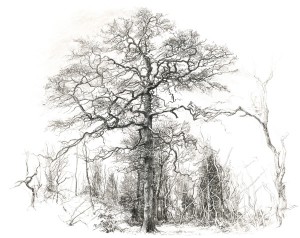
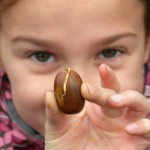

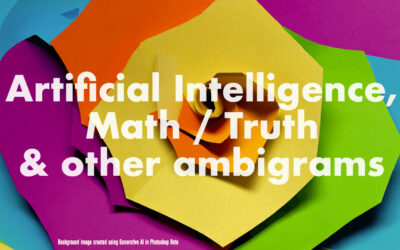

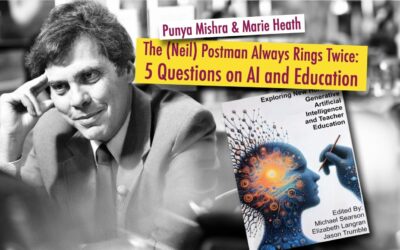
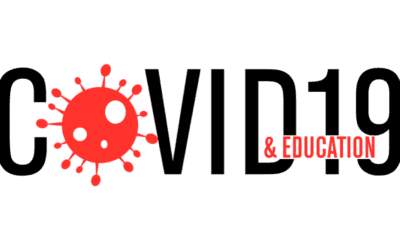
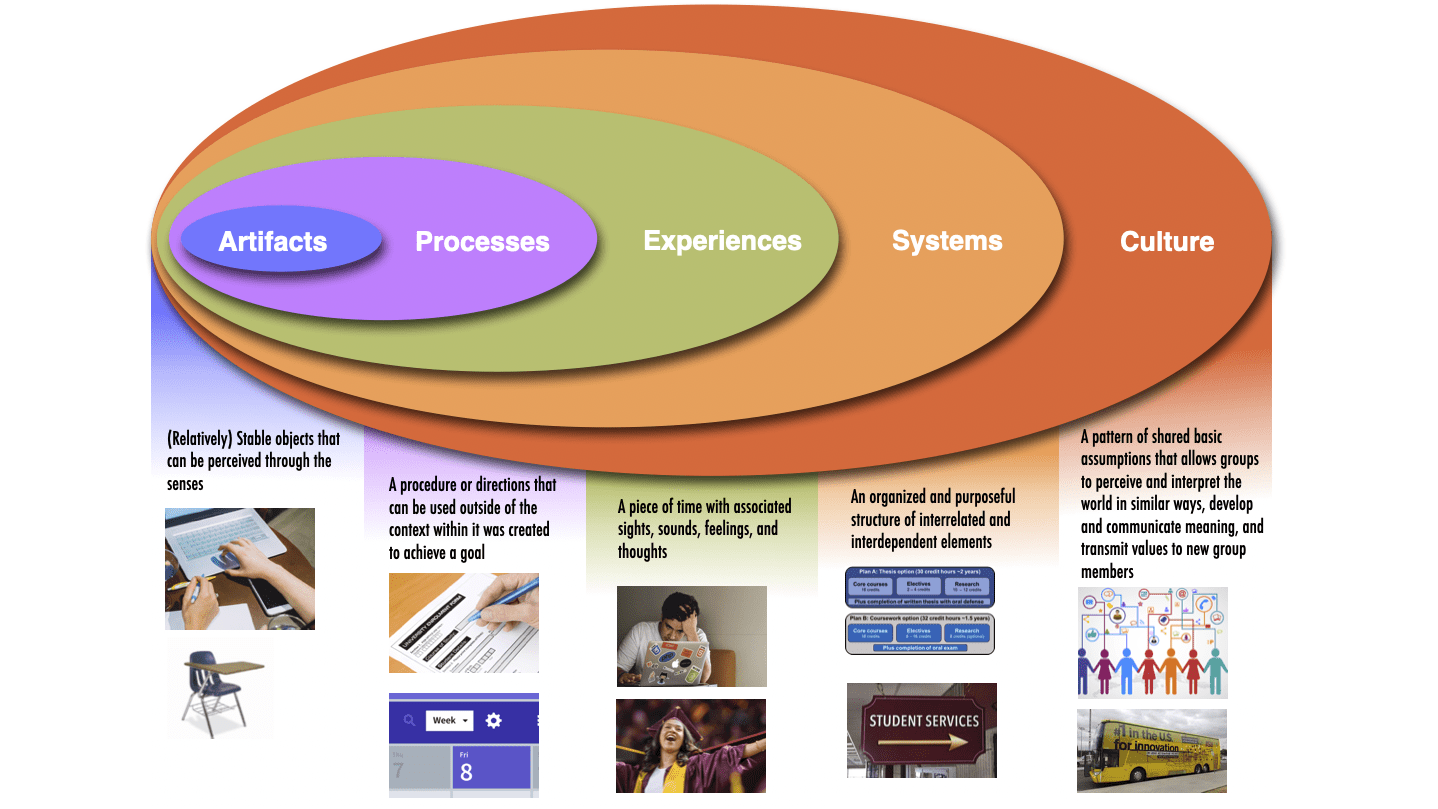
0 Comments
Trackbacks/Pingbacks